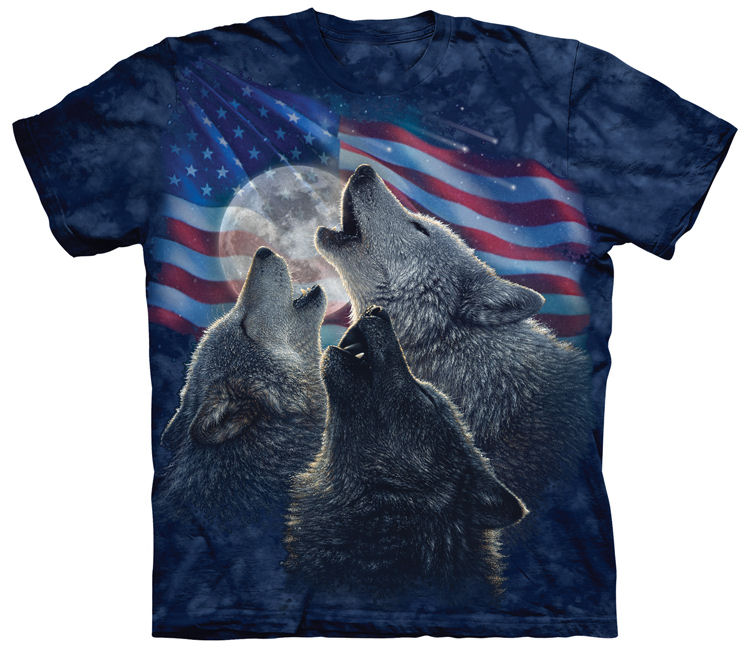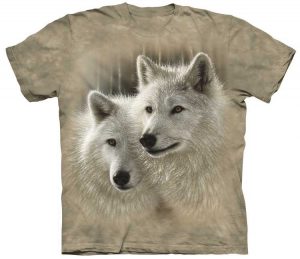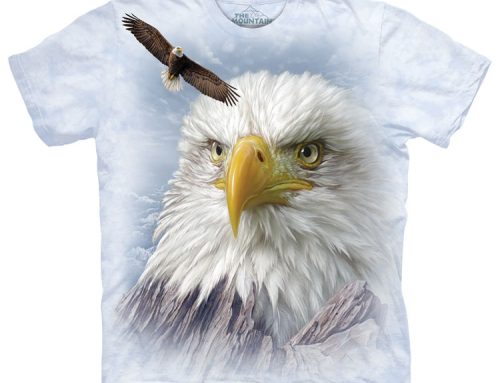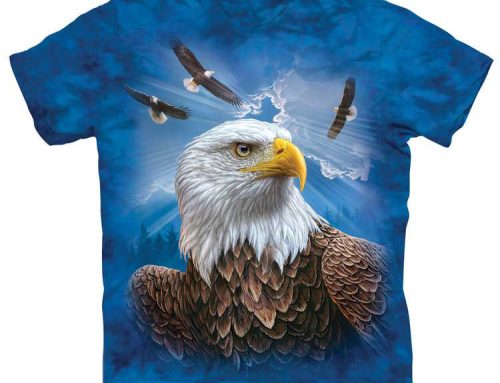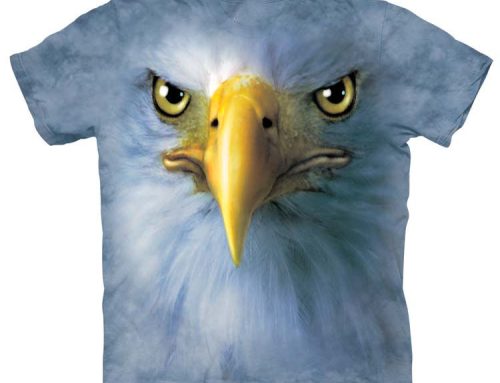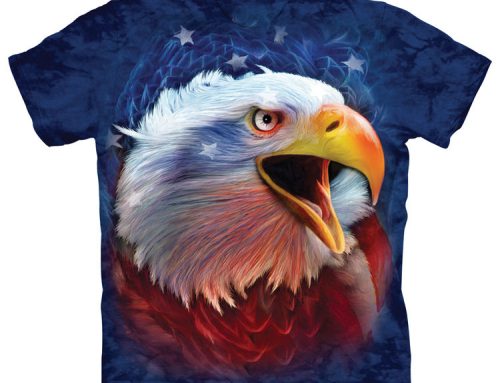What Do Wolves Eat? Unraveling the Mysteries of the Wolf Diet!
Wolves, with their majestic presence and piercing eyes, have long captured the human imagination, but have you ever wondered, “What do wolves eat?” Delving into the intricacies of the wolf diet not only unravels the mysteries of their survival but also highlights their crucial role in maintaining ecological balance. From the juicy venison of a deer to the occasional berry snack, wolves exhibit a surprisingly varied palate that might make you reconsider your idea of a wolf’s favorite meal. In this article, we will embark on an entertaining and enlightening journey through the wolf diet, revealing fascinating facts that will have you howling with delight.
Introduction to the Wolf Diet
What Do Wolves Eat?
Wolves are versatile carnivores with a diet that adapts based on availability and season. Predominantly, wolves hunt large ungulates such as deer, elk, and moose. These animals provide the necessary nutrients and caloric intake for a wolf pack’s survival. However, wolves are not strictly meat-eaters. They are known to scavenge and consume small mammals like rabbits, rodents, and even insects when larger prey is scarce. Surprisingly, wolves also eat a variety of plant materials. They may snack on berries, fruits, and grasses, especially during the summer months when these foods are abundant. This varied wolf diet ensures they can thrive in diverse environments, from forests to tundras. Understanding what wolves eat helps us appreciate their adaptability and their vital role in the ecosystems they inhabit.
The Importance of the Wolf Diet
The wolf diet plays a pivotal role in maintaining ecological balance. By primarily hunting large herbivores such as deer and elk, wolves help regulate these populations, preventing overgrazing and promoting healthier forests and grasslands. This control of prey populations allows a variety of plant species to flourish, which in turn supports a broader range of wildlife. Furthermore, wolves contribute to the scavenger community. The remains of their kills provide food for a host of other animals, including birds, bears, and insects. This cascading effect, known as a trophic cascade, underscores the wolves’ critical role in their ecosystems. Additionally, the wolves’ diet versatility showcases their adaptability, which is crucial for their survival in changing environments. Understanding the importance of the wolf diet can lead to better conservation efforts and a greater appreciation for these magnificent creatures.
Fun Facts About Wolves’ Eating Habits
Wolves’ eating habits are as fascinating as the creatures themselves. Did you know that a single wolf can consume up to 20 pounds of meat in one meal? This feast-or-famine approach allows them to capitalize on successful hunts, storing energy for times when food is scarce. Furthermore, wolves are known for their strategic hunting techniques. They often work in packs to outmaneuver and exhaust their prey, showcasing remarkable teamwork and communication. Interestingly, wolves are not wasteful eaters; they consume almost every part of their prey, including bones, which provide essential calcium. Another fun fact is that wolves have been observed burying surplus food to eat later, much like a squirrel hides nuts. This behavior ensures they have a food reserve during leaner times. These eating habits highlight the intelligence and adaptability of wolves, making them one of nature’s most efficient predators.
Prey of the Wild
Large Game: Deer and Elk
When it comes to the wolf diet, large game such as deer and elk are the main course. These sizable ungulates provide the bulk of the nutritional needs for a wolf pack. Hunting deer and elk is a complex and dangerous endeavor, requiring coordination and teamwork among the wolves. The pack will often target weaker, older, or younger individuals to increase their chances of a successful hunt. This selective predation helps maintain the health of the prey populations by removing those most susceptible to disease and predation. The meat from a single deer or elk can sustain a wolf pack for several days, reducing the frequency of hunts and allowing time for the pack to rest and recover. The presence of wolves also influences the behavior and movement patterns of these large herbivores, preventing overgrazing and promoting vegetation diversity in their habitats.
Small Game: Rabbits and Rodents
When large prey is scarce, wolves turn to smaller game such as rabbits and rodents to sustain themselves. While these smaller animals might not provide as much nutrition as a deer or elk, they are often more abundant and easier to catch. Hunting small game requires different tactics; wolves rely on their acute senses of hearing and smell to locate these nimble creatures. Interestingly, even pups participate in hunting smaller prey, honing their skills for future larger hunts. Consuming small game helps wolves maintain a balanced diet and ensures they can survive in a variety of environments. These smaller prey items are particularly important during the winter months or in regions where large game is less plentiful. The inclusion of rabbits and rodents in the wolf diet highlights their adaptability and resourcefulness, essential traits for their survival in the wild.
Seasonal and Regional Variations
The wolf diet is not static; it changes with the seasons and varies by region. In the winter, when large game like deer and elk are more vulnerable due to snow and scarce food, wolves focus on hunting these animals. Conversely, in the summer, when prey is more dispersed and harder to catch, wolves may consume a higher proportion of small game, berries, and even insects. Regional differences also play a significant role in what wolves eat. For instance, wolves in coastal areas might include fish and marine mammals in their diet, while those in forested regions might rely more heavily on deer and small mammals. These seasonal and regional variations in the wolf diet highlight their remarkable adaptability to different environments and conditions. Understanding these variations is crucial for wildlife managers and conservationists aiming to protect and sustain wolf populations across diverse habitats.
Scavenging and Opportunistic Feeding
Carrion: Nature’s Cleanup Crew
Wolves are not just hunters; they are also skilled scavengers, playing a crucial role as nature’s cleanup crew. When the opportunity arises, wolves will feed on carrion, the decaying flesh of dead animals. This behavior is essential for maintaining ecological balance, as it helps prevent the spread of disease and recycles nutrients back into the environment. By consuming carrion, wolves ensure that no part of a deceased animal goes to waste, benefiting the entire ecosystem. This opportunistic feeding also provides an essential food source during times when hunting is less successful or prey is scarce. Additionally, scavenging reduces the energy expenditure required for hunting, allowing wolves to conserve energy for other vital activities such as breeding and territory defense. Through their role as scavengers, wolves contribute to the health and stability of their habitats, underscoring their importance beyond just being apex predators.
Human Interaction and Diet Changes
Human activities have significantly impacted the wolf diet. Urbanization and habitat destruction have reduced the availability of natural prey, forcing wolves to adapt in unexpected ways. In some regions, wolves have been observed scavenging from human waste, such as garbage dumps, or preying on livestock, leading to conflicts with farmers and ranchers. This shift in diet can have complex repercussions, affecting both the health of wolf populations and their relationships with human communities. Additionally, the presence of roads and vehicles has led to an increase in roadkill, which wolves readily scavenge. While this provides an alternative food source, it also increases the risk of vehicle collisions, posing a threat to wolf survival. Understanding the effects of human interaction on the wolf diet is crucial for developing strategies to mitigate conflicts and promote coexistence. By fostering a better understanding of these majestic creatures, we can ensure a more harmonious future for both wolves and humans.
Myths and Misconceptions
Wolves are often the subject of myths and misconceptions, particularly concerning their diet. One common myth is that wolves are relentless killers, constantly hunting and decimating wildlife populations. In reality, wolves play a vital role in maintaining ecological balance by controlling the populations of their prey. Another misconception is that wolves are a significant threat to livestock. While there are instances of wolves preying on livestock, these cases are relatively rare and often occur due to the lack of natural prey caused by human activities. Additionally, some people believe that wolves are scavengers by necessity rather than choice. However, scavenging is a natural and beneficial part of the wolf diet, helping to clean the environment and recycle nutrients. Dispelling these myths and understanding the true nature of wolf diets can foster a greater appreciation for these remarkable animals and promote coexistence between wolves and humans.
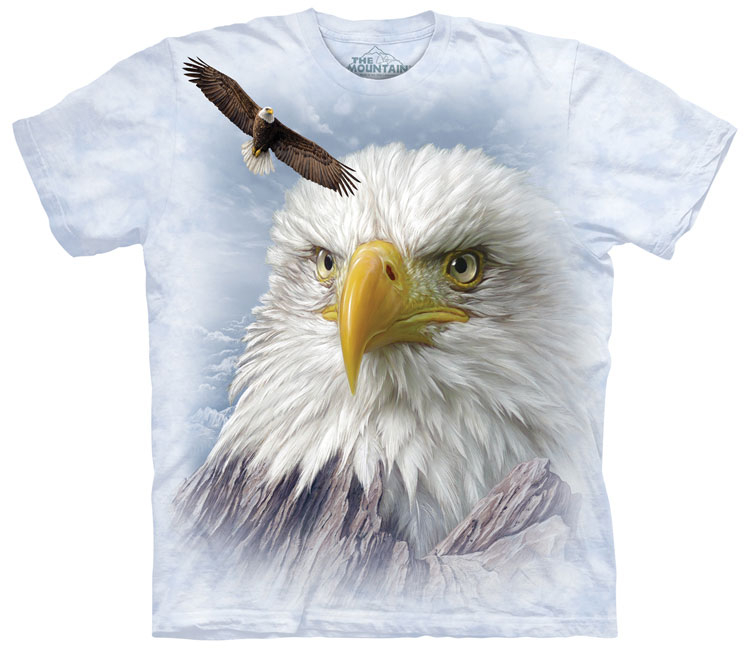
Facing the Future: Challenges and Opportunities in Bald Eagle Conservation Efforts
Facing the Future: Challenges and Opportunities in Bald Eagle Conservation Efforts In the ever-evolving landscape of wildlife conservation, the story of the bald eagle stands as a testament to the power of dedicated conservation efforts. Once teetering on the brink of extinction, these majestic birds have experienced a remarkable recovery, drawing attention to the critical […]

Public Awareness: The Unsung Hero in the Bald Eagle Conservation Story
Public Awareness: The Unsung Hero in the Bald Eagle Conservation Story Bald eagles, once teetering on the brink of extinction, now soar as a testament to the power of concerted conservation efforts. These majestic birds have long captured the public’s imagination, serving as a symbol of freedom and resilience. Today, the story of bald eagle […]
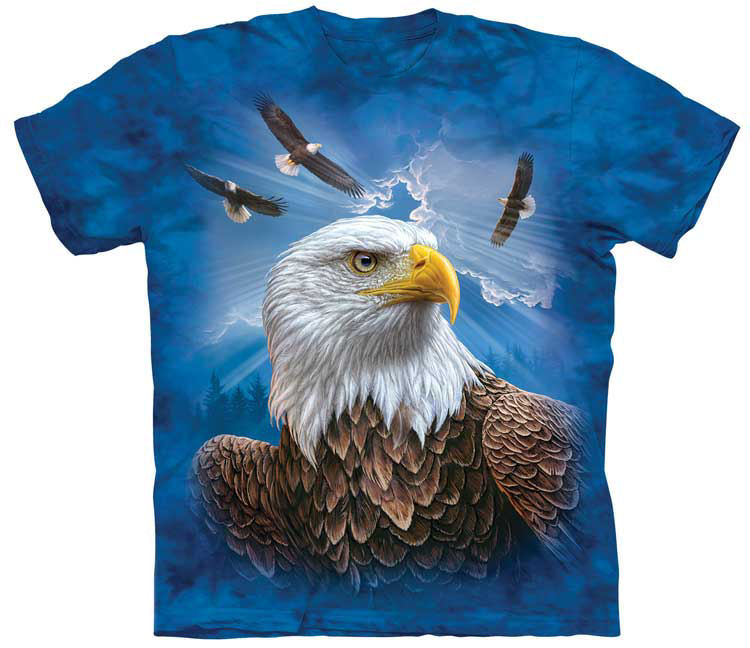
Discover the Bald Eagle Habitat: Exploring the Home of America’s National Bird
Discover the Bald Eagle Habitat: Exploring the Home of America’s National Bird Beneath the vast skies and along the serene waterways of North America lies the majestic realm of the bald eagle, the revered national bird of the United States. As an enduring symbol of freedom and resilience, the bald eagle captivates with its powerful […]
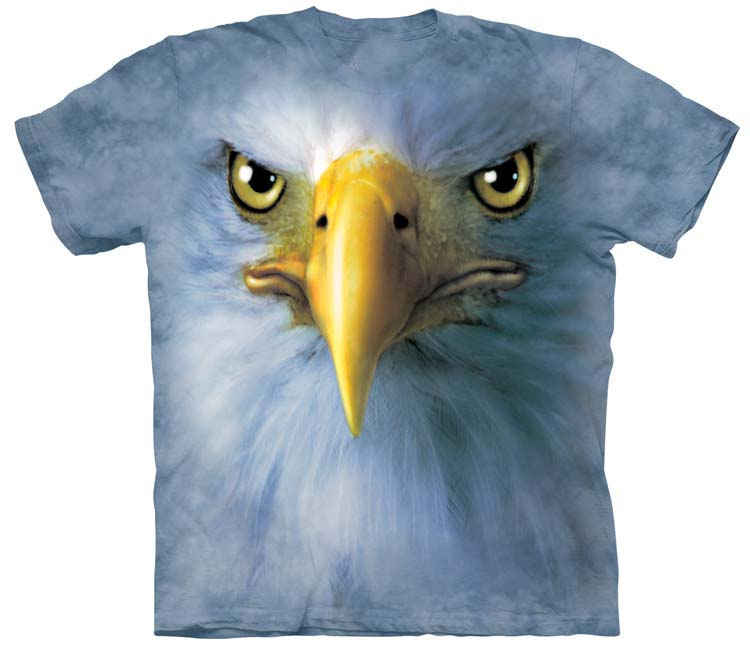
Bald Eagle Size and Strength: How They Compare to Other Raptors and What It Means for Their Survival
Bald Eagle Size and Strength: How They Compare to Other Raptors and What It Means for Their Survival When it comes to the majestic realm of raptors, bald eagles stand out with their commanding presence and formidable stature. Their impressive size, marked by a striking eagle wingspan and substantial bald eagle weight, plays a crucial […]
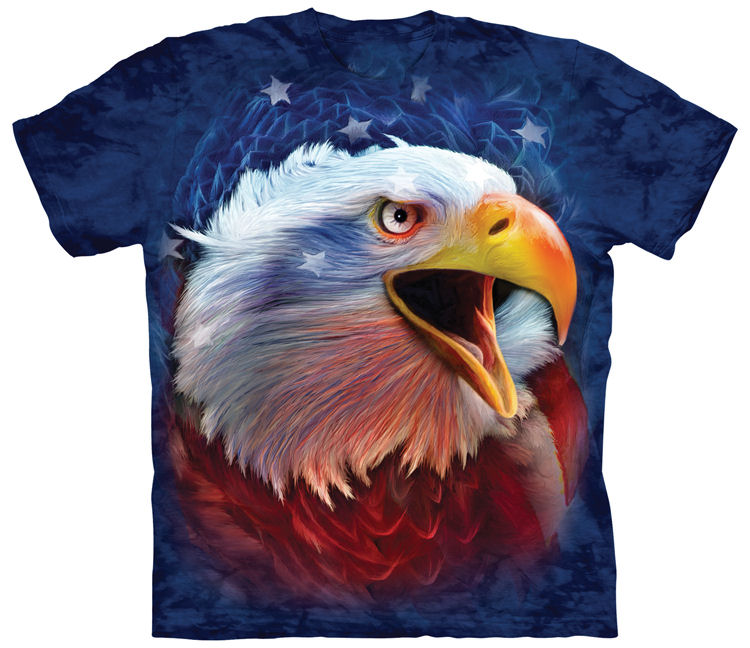
The Majestic Wingspan of the Bald Eagle
The Majestic Wingspan of the Bald Eagle: How It Compares to Other Birds of Prey The bald eagle, with its commanding presence and formidable wingspan, has long been a symbol of strength and freedom. As you explore the world of birds of prey, understanding how the bald eagle’s wingspan compares to its avian peers is […]
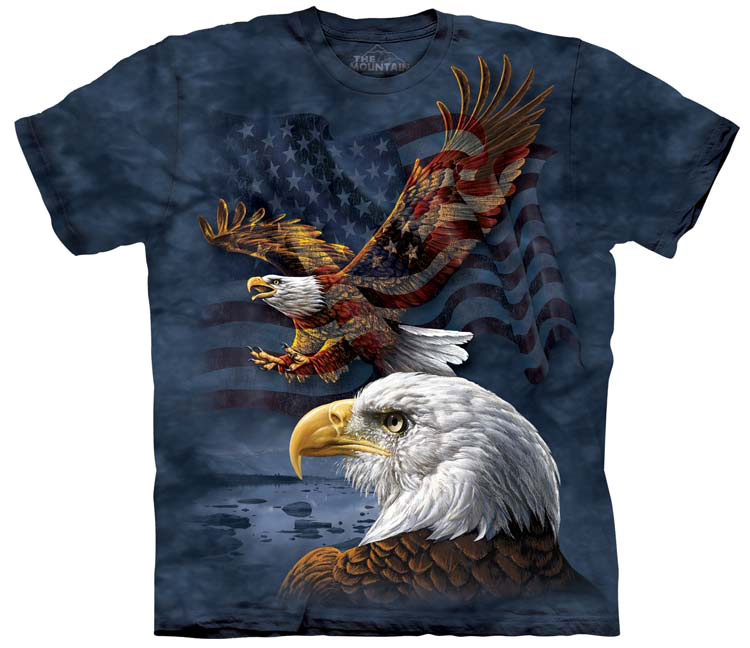
How Bald Eagles Hunt: A Closer Look at Their Unique Bird Hunting Techniques
How Bald Eagles Hunt: A Closer Look at Their Unique Bird Hunting Techniques In the realm of avian predators, bald eagles stand out with their remarkable hunting prowess and distinctive feeding habits. As majestic symbols of strength and freedom, these raptors have developed unique bird hunting techniques that make them formidable hunters in the wild. […]

Eagle Lifespan Explained: How Habitat and Environmental Impact Shape Their Years
Eagle Lifespan Explained: How Habitat and Environmental Impact Shape Their Years Eagles are majestic symbols of freedom and power, captivating bird watchers and wildlife enthusiasts alike with their soaring grace and impressive wingspans. However, understanding the bald eagle lifespan requires delving beyond their iconic presence to explore how eagle longevity is intricately tied to their […]

Discovering Bald Eagle Habitats: Where Nature Thrives and Eagles Nest
Discovering Bald Eagle Habitats: Where Nature Thrives and Eagles Nest In the heart of the wild, where nature’s splendor meets the sky, bald eagles find their sanctuary in diverse and thriving habitats. These majestic birds are drawn to nesting sites near expansive lakes, flowing rivers, and the rugged beauty of coastal regions. Such environments offer […]

From Past to Present: The Fascinating Origins of the Bald Eagle’s Name
From Past to Present: The Fascinating Origins of the Bald Eagle’s Name The bald eagle, a majestic bird often associated with the spirit of freedom, has a name steeped in intriguing history and cultural significance. Contrary to today’s understanding, the term ‘bald’ in the context of these regal creatures does not imply a lack of […]

Unlock the Secrets of Dog Grooming: How Often to Bathe a Dog for Optimal Coat Care
Unlock the Secrets of Dog Grooming: How Often to Bathe a Dog for Optimal Coat Care Unlocking the secrets of dog grooming can feel like unraveling a mystery, but understanding how often to bathe your furry friend is a crucial step toward optimal coat care. Whether you’re a seasoned dog owner or a budding pet […]
Read more interesting animal facts here
Follow us on Facebook and Twitter to receive 10% off your order!
Size Chart – Dropship – Contact Us – Track Order
Baby Onesies – Hoodies – Ladies Tee Shirts – Long Sleeve Shirts – Mini Dresses – Aquatic – Bears – Big Cats – Birds – Bison – Cats – Deer – Dinosaurs – Dogs – Dolphins – Dragons – Eagles – Elephants – Fairies – Farm Animals – Frogs – Giraffes – Horses – Lions – Moose – Native American Indians – Other – Outdoor – Patriotic – Peace – Primates – Reptiles – Scary – Tigers – Unicorns – Wolf – Hats

